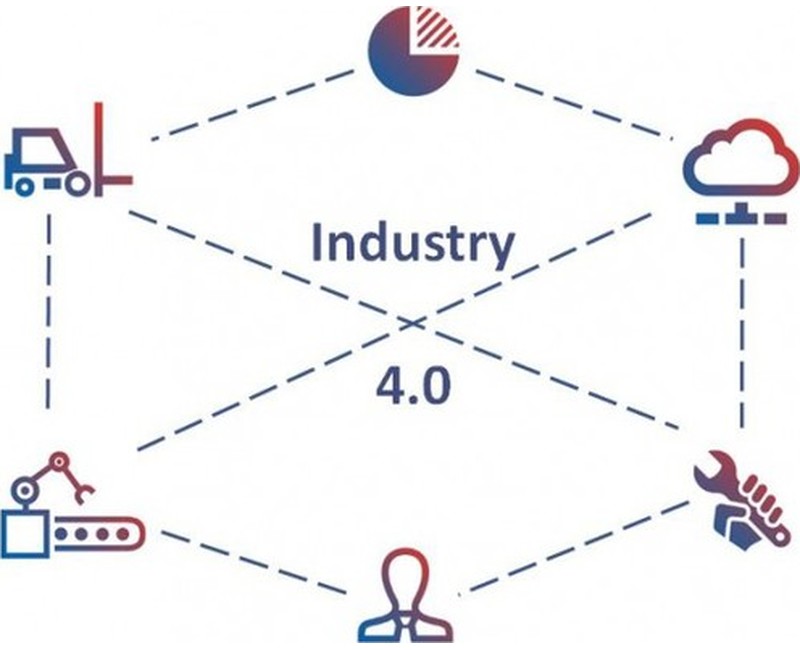
Published on 07/31/2016 | Strategy
The Internet of Things has been gathering unprecedented momentum in recent times. A plethora of IoT suites are now available over the web for developers to build products on. A quintessential question struck me - what does it take to build a robust and scalable IIoT product? Too many unanswered questions surfaced...
- Who are the target customers for these products?
- Do they really solve actual challenges faced by a process engineer in the middle of the production floor?
- Can we build a standard product for all manufacturing customers?
- Do developers have the vision to build an End to End product?
- Are companies focusing on product or branding?
Let’s dive into each of these questions.
The target customers would be manufacturing industries. A place where raw materials are converted into a final product for the consumers. We are aware about the Industrial revolutions that happened in the early 19th Century. The present revolution is all about “Industrial Revolution 4.0” as termed by the Germans. We know that these manufacturing industries are being run by Process Engineers, Plant In-charge, Plant Operators etc.
Are their skills enough to run those IIoT platforms?
Does this question drive product developers?
Moreover, these products are being developed in a typical IT environment, where the people developing the product may have never seen an actual manufacturing plant or know how a machine functions and is run by operators. The plant operators may be hesitant for transitions in their existing environment. It’s the same scenario when you gift a high-end Smartphone or a gadget to your Grandparents. Think about how difficult it is for them to use it.
Keeping in view the capabilities of operators and process engineers, companies need to make sure that screen layouts and use cases are simple and effective. One should not come up with a product where the customer would need to hire an expert to operate technologically advanced products.

It is essential to figure out what exactly the challenges are confronted by operators. A visit to the plant by data scientists for brainstorming sessions are a prerequisite before charting out the solutions.
Suppose in a sugar manufacturing plant a process engineer can define the criticality of the boiler temperature, its thresholds, and the process variables perfectly. By compiling their knowledge together with data produced from IIoT sensors, companies can unleash new insights to increase the efficiency of the plant. Another example in the oil and gas industry is the submersible pumps used to pump out different fluids from the bore well. Vibration sensors installed on those pumps would be able to detect the real-time load and if there is a breach of thresholds the operator would know about it well in advance to track overload and prevent cataclysmic incidents.
In such cases, companies need to identify local experts who speak the language of machines; i.e., the existing engineers who are able to decrypt the equipment, and who know which data patterns to look for to develop accurate algorithms. These valuable insights are gathered by accumulating the knowledge of industry experts.
If an IIoT company is trying to achieve horizontal standardization, then there is a colossal threat to their product acceptance. Alignment of existing industrial architecture to an IIoT platform is the most viable thing to do. Pulling up operational technology to an IT Enterprise level requires diverse expertise. Automation industry companies like Siemens, Honeywell, and Emerson have already developed digital services and the market will trust them more readily than a new IIoT player. Nonetheless, even these companies have not yet launched standard IIoT platforms that are compatible with other platforms.
In the present market, there are approximately 30 different industrial platforms. Building a product that integrates with all these platforms requires substantial cost and effort. For example, the controllers of company X may not be compatible with that of company Y’s data retrieval tools and analytics. The only way to come up with a product which would cater to all these requirements is customize products. Cross platform compatibility should exist in each of these products.
Companies can succeed in this regard by making incremental advances, staying lean and flexible, and iterating at every step of product development. If a company tries to raise a product for a steel manufacturer situated in an urban area, the end to end architecture of the product will be completely different than a sugar manufacturing plant situated in a remote area. In an urban area with available infrastructure, data transmission costs will be low. But in a remote area, data transmission costs will be higher as the customer has to use V-Sat technology.
Thus, it is not advisable to build a standardized product if you have a diverse customer base.
For an IIoT enabled business, it’s very important to have in-house expertise with regard to manufacturing machines, IT, and analytics. Existing industrial SCADA architecture emphasizes remote connectivity to numerous devices but in many cases the architectures of these solutions do not match with that of the emerging IIoT or the software industry as a whole.
Some current IIoT companies are essentially marketing a message bus as a device platform. If an organisation has to partner with other vendors in order to get that expertise, the final product may not be effective compared to an organisation that provides an end to end product. For an IIoT company, it’s very imperative to deliver an end to end product that includes service support. For example, Siemens recently launched Sinalytics, an end to end platform that enables them to serve existing customers whose plants are completely automated by Siemens. This is how they are able to establish a monopolistic market by avoiding competition.
Today if a company is trying to bring a new product to market it is important to solve real world challenges. If a product requires more advertising and branding expense then product development budget, it is not disruptive enough to establish itself in a competitive environment. It is important to support a strong project with a 'smart sales team'. Targeting manufacturing industries requiring deep understanding of the unique and long sales cycle of each vertical. Ultimately for your sales team to bring in business they must know understand the product and industry as well as the developers because they are the soldiers fighting on the front line.